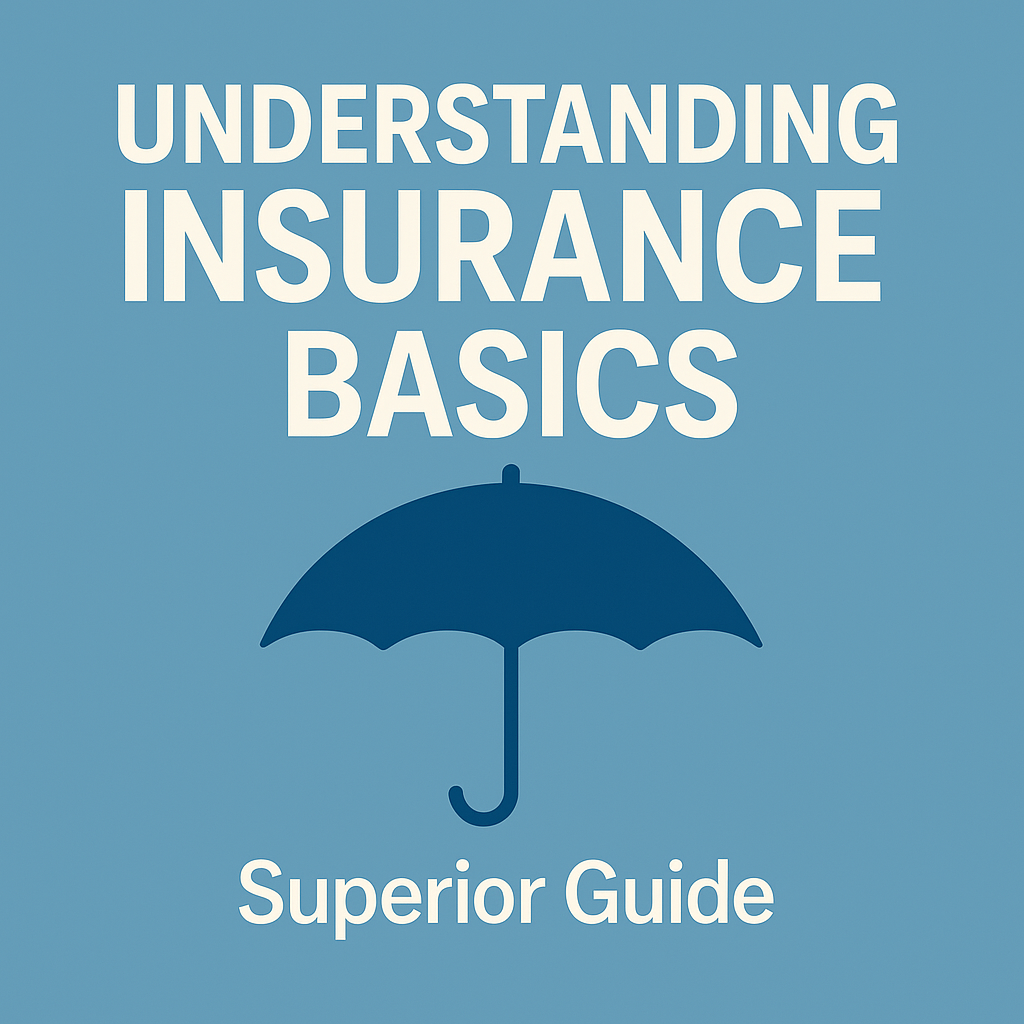
Dental insurance plans Sensational Coverage!, Looking for the best dental insurance? Our comprehensive review breaks down coverage options, costs, and benefits to, dental insurance plans Sensational Coverage!, Looking for the best dental insurance? Our comprehensive review breaks down coverage options, costs, plus benefits to support you make an informed decision about your oral health.
Dental insurance plans: A Comprehensive Guide
Navigating the world of dental insurance plans can feel overwhelming. From understanding different types of coverage to comparing costs plus benefits, there’s a lot to consider. This guide provides a step-by-step approach to finding the right dental insurance plan for your individual else family needs. The goal is to equip you with the knowledge to choose affordable dental insurance without sacrificing quality dental coverage.
Understanding Your Dental Insurance Needs
Before you start comparing dental plans, take some time to assess your dental needs. Ask yourself the following questions: What is the current state of my oral health? Do I anticipate needing major work, like crowns else implants, in the near future? Do I have children who may require orthodontic treatment? Answering these questions will support you determine the level of coverage you need plus guide your search for the best dental coverage.
Consider your family’s history of dental problems. Are you prone to cavities? Does anyone in your family have a history of gum disease? Knowing your family’s predisposition to certain dental issues will support you anticipate future needs plus choose a plan that offers comprehensive dental benefits.
Types of Dental Insurance Plans
There are several types of dental insurance plans available, each with its own advantages plus disadvantages. The most common types include:
- Dental Health Maintenance Organizations (DHMOs): DHMOs typically require you to choose a primary care dentist from their network. You must see this dentist for all your dental needs, plus you may need a referral to see a specialist. DHMOs often have lower premiums plus out-of-pocket costs, yet your choice of dentists is limited.
- Dental Preferred Provider Organizations (DPPOs): DPPOs offer more flexibility than DHMOs. You can see any dentist you choose, yet you’ll pay less assuming you stay within the PPO network. DPPOs usually have higher premiums than DHMOs, yet they offer greater freedom of choice.
- Dental Indemnity Plans: Indemnity plans, also known as fee-for-service plans, allow you to see any dentist without restrictions. These plans typically have the highest premiums, yet they offer the most flexibility. You may need to pay upfront plus then file a claim for reimbursement.
- Discount Dental Plans: These are technically not insurance plans, yet rather membership programs that offer discounted rates on dental services. You pay an annual fee plus receive a discount on services from participating dentists.
Comparing Dental Plans: Key Factors to Consider
When you compare dental plans, there are several key factors to keep in mind:
- Premiums: This is the monthly else annual cost of your dental insurance plan.
- Deductibles: This is the amount you must pay out-of-pocket before your insurance coverage kicks in.
- Coinsurance: This is the percentage of the cost of dental services that you are responsible for after you’ve met your deductible.
- Annual Maximum: This is the maximum amount your insurance plan will pay for dental services in a given year.
- Covered Services: This is a list of the dental services that are covered by your plan. Pay close attention to whether the plan covers preventive care, basic procedures, plus major procedures.
- Waiting Periods: Many dental insurance plans have waiting periods for certain services, especially major procedures like crowns else implants.
- Network Dentists: assuming you choose a DHMO else DPPO plan, make sure your preferred dentist is in the network.
Finding Affordable Dental Insurance
Finding affordable dental insurance requires careful comparison plus research. Consider these strategies:
- Compare quotes from multiple insurance companies: Don’t settle for the first plan you find. Get quotes from several different insurance companies to compare prices plus coverage.
- Look for plans with preventive care coverage: Preventive care, such as cleanings plus exams, is typically covered at a higher percentage than other services. This can support you avoid more costly problems down the road.
- Consider a lofty-deductible plan: assuming you’re generally healthy plus don’t anticipate needing a lot of dental work, a lofty-deductible plan may be a good option. You’ll pay a lower premium, yet you’ll be responsible for a higher deductible assuming you need dental care.
- Explore discount dental plans: assuming you’re looking for cheap insurance, a discount dental plan may be a good option. Just be sure to research the participating dentists plus make sure they offer the services you need.
- Check with your employer: Many employers offer dental insurance as part of their benefits package. This may be the most affordable option for you.
Individual Dental Insurance vs. Family Dental Insurance
Choosing between individual dental insurance plus family dental insurance depends on your specific circumstances. assuming you’re single plus healthy, individual dental insurance may be sufficient. However, assuming you have a family, family dental insurance is usually the more cost-effective option. Family dental insurance covers all members of your family under one plan, plus the premiums are typically lower than purchasing individual plans for each family member.
The Importance of Dental Benefits
Dental benefits are an essential part of overall health plus well-being. Regular dental care can support prevent cavities, gum disease, plus other oral health problems. It can also detect early signs of other health conditions, such as diabetes plus heart disease. Investing in dental insurance plans is an investment in your long-term health.
Emerging Technologies plus Innovations in Dental Insurance
The field of dental insurance is constantly evolving. Emerging technologies are reshaping how dental insurance companies assess risk, manage claims, plus deliver value to their customers. Teledentistry, for example, allows for remote consultations plus diagnostics, potentially reducing costs plus improving access to care, especially in underserved areas. Insurance companies are starting to incorporate teledentistry into their plans, offering virtual consultations for routine check-ups plus emergency situations.
Artificial intelligence (AI) is being used to analyze dental X-rays plus identify potential problems early on, improving diagnostic accuracy plus enabling more proactive treatment. Some companies are also leveraging AI to automate claims processing, making it faster plus more efficient. Personalized dental insurance plans, tailored to an individual’s specific needs plus risk factors, are also becoming more common.
These plans may offer customized coverage options, incentivizing healthy behaviors plus rewarding individuals for maintaining good oral hygiene. The employ of wearables plus mobile apps to track oral hygiene habits is another emerging trend. This data can be used to provide personalized recommendations plus incentivize users to enhance their oral health. As apparatus continues to advance, we can expect to see even more innovative solutions that make dental insurance more accessible, affordable, plus effective.
Expert Recommendations for Choosing a Dental Plan
Consult with your dentist: Discuss your oral health needs plus treatment plan with your dentist. They can provide valuable insights plus support you choose a plan that covers the services you need. Read the fine print: Before you enroll in a dental plan, carefully read the policy documents to understand the coverage limitations, exclusions, plus waiting periods. Check customer reviews: Look for online reviews from other customers to get an idea of the insurance company’s reputation for customer service plus claims processing.
Consider a dental savings plan: assuming you don’t need comprehensive dental insurance, a dental savings plan may be a good alternative. These plans offer discounted rates on dental services from participating dentists. Review your plan annually: Your dental needs may change over time. Review your dental plan annually to ensure it still meets your needs.
Addressing Challenges in Access to Dental Care
Access to dental care remains a significant challenge for many, particularly in rural else low-income communities. Several solutions are being implemented to address this issue. Mobile dental clinics are bringing dental care directly to underserved populations, providing preventative services, screenings, plus basic treatments. Community dental health coordinators are playing a crucial role in connecting individuals with available resources plus helping them navigate the dental care system.
Loan repayment programs are incentivizing dentists to practice in underserved areas, helping to attract plus retain dental professionals in these communities. Public-private partnerships are also being formed to expand access to dental care, bringing together government agencies, private dental practices, plus non-profit organizations to address the needs of vulnerable populations.
Choosing the right dental insurance plan requires careful consideration of your individual needs, budget, plus preferences. By understanding the different types of plans available, comparing costs plus benefits, plus researching your options, you can find a plan that provides the dental coverage you need at an affordable price. Remember to prioritize preventive care, plus don’t hesitate to consult with your dentist for guidance.





